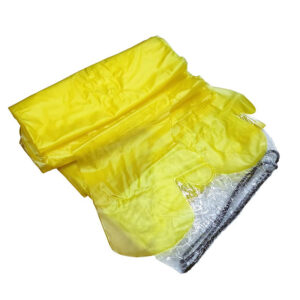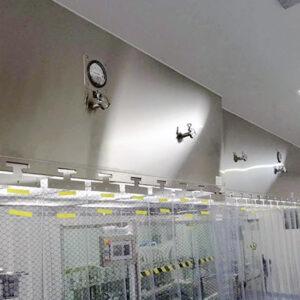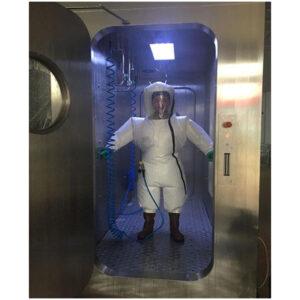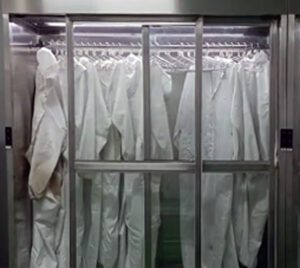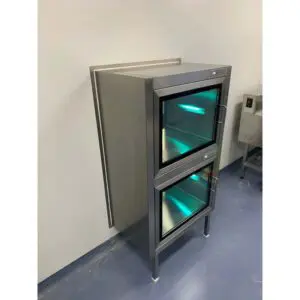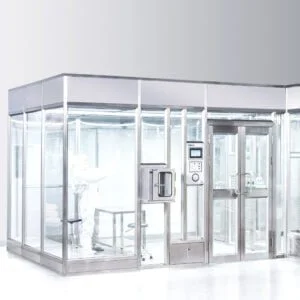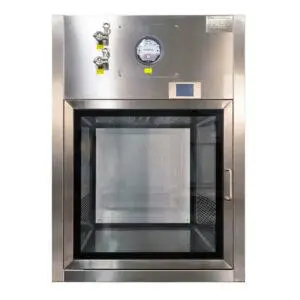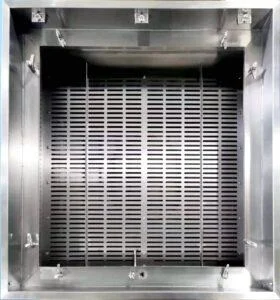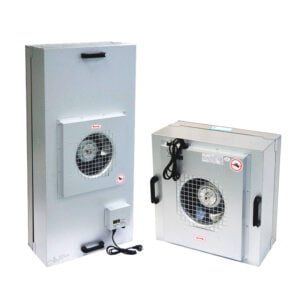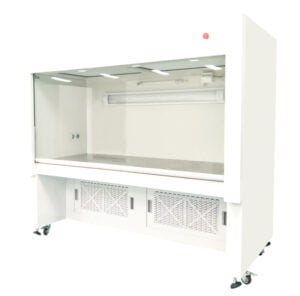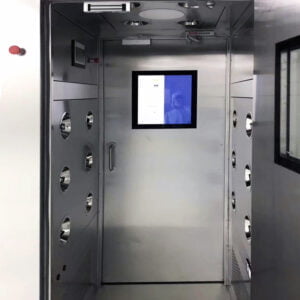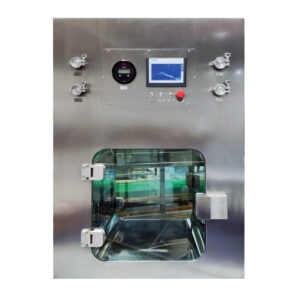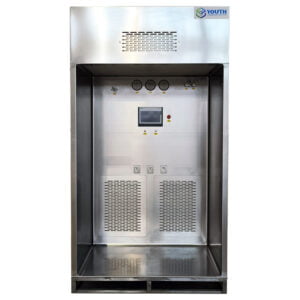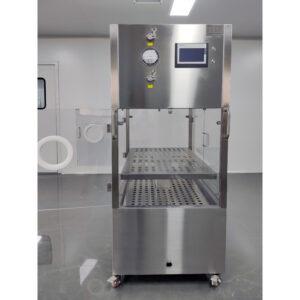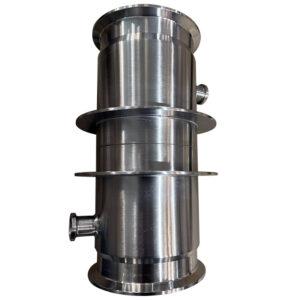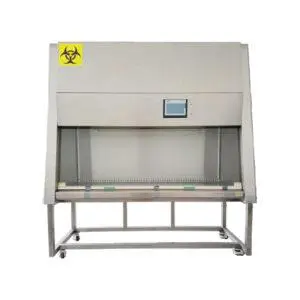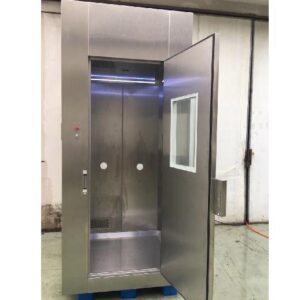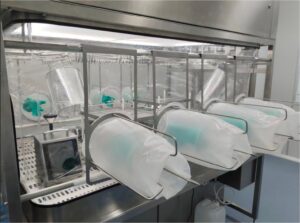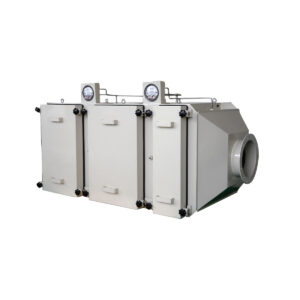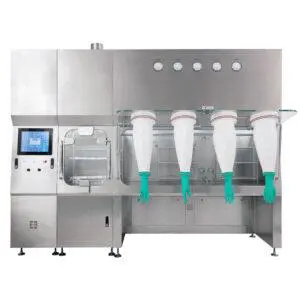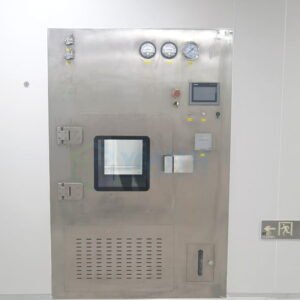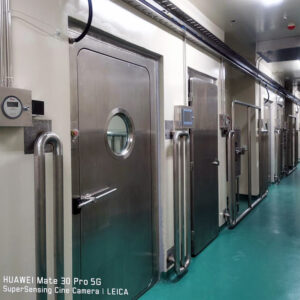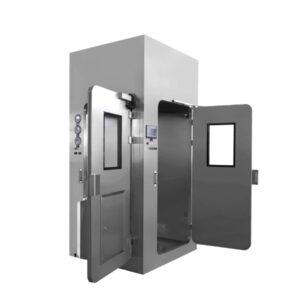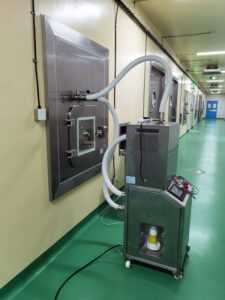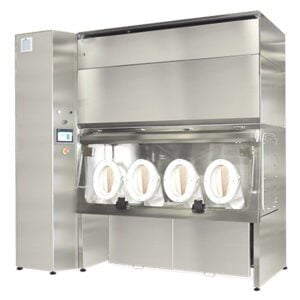When it comes to maintaining a high-efficiency filter, precision and care are paramount. But first, let’s delve into what a high-efficiency filter really is: it’s your frontline defense against the tiniest of airborne intruders. Picture this—particulate dust and suspended solids as minuscule as 0.3 micrometers stand no chance against this technological marvel. Crafted from ultra-fine glass fiber paper, reinforced with offset paper and an aluminum separator plate, all encased within a sturdy frame, the high-efficiency filter boasts exceptional filtration efficiency, minimal airflow resistance, and an impressive dust-holding capacity. But how can you ensure it keeps performing at its best?
1. Handle with Gentle Precision
- Packaging Precautions: Never tear open the packaging bag or film by hand before installation. Respect the directional markings on the high-efficiency filter box. During transportation, treat it gently to prevent undue vibrations and collisions.
2. The Right Direction Matters
- Proper Shelving: When storing high-efficiency filters, align them according to the manufacturer’s directional markings. During transportation, avoid rough handling, and never force loading or unloading.
3. Vigilance During Unpacking
- Visual Inspection: Before installation, unpack the filter at the installation site and perform a meticulous visual inspection. Check for any damage to the filter paper, sealant, or frame. Ensure that the dimensions meet requirements and that there are no burrs or rust spots on the frame (for metal frames). Verify the presence of a product qualification certificate and technical performance compliance with design specifications.
4. Orientation Precision
- Correct Installation: Ensure the high-efficiency filter is installed with the correct orientation. For corrugated plate combination filters installed vertically, make certain the corrugated plates align vertically with the ground. There should be no leaks, deformations, or damage to the filter or frame. Post-installation, the inner wall must be immaculately clean, devoid of floating dust, oil stains, rust, or debris.
5. Inspection by Silk
- Methodical Check: Employ the meticulous “observe or wipe” inspection method with white silk cloth.
6. The Clean Room Connection
- Prepare the Clean Room: Before high-efficiency filter installation, ensure the clean room undergoes thorough cleaning and wiping. Any dust in the purifying air-conditioning system should be removed to meet cleaning requirements. If the filter is installed in a technical floor or suspended ceiling, these areas should also be diligently cleaned and wiped.
7. Leakage Prevention
- Stringent Requirements: High-efficiency filters used in cleanrooms with a cleanliness level equal to or exceeding class 100 should undergo leak testing. This test, conducted following the methods specified in the “Code for Construction and Acceptance of Cleanrooms” [JGJ71-90], must meet specified requirements.
8. Replacement Timing
- Know When to Replace: When the filter’s resistance exceeds 450Pa or when the airflow speed on the air outlet surface can’t be increased even after replacing coarse and medium-efficiency filters, it’s time for a new high-efficiency filter. Additionally, if there’s any unrepairable leakage on the high-efficiency surface, a replacement is imperative. In general, consider replacement every 1-2 years based on environmental usage conditions.
9. Leak Detection for Precision
- Scan for Leaks: When conducting leak detection on high-efficiency filters, extend the particle counter’s sampling head into the exhaust static pressure box (or pipe) connected to the exhaust high-efficiency filter. This method differs from scanning leak detection on supply air high-efficiency filters since the leak detection side of the supply air HEPA filter is exposed indoors. In contrast, the exhaust air HEPA filter’s leak detection side is concealed deep within the static pressure box or pipeline.
In conclusion, maintaining the performance of your high-efficiency filter is both an art and a science. Precision and vigilance are your allies in ensuring a clean and safe environment. With these guidelines, you can harness the full potential of your high-efficiency filter, safeguarding the air quality in your cleanroom.
Q&A Section
1. Why is it crucial not to open the packaging bag or film by hand before installing a high-efficiency filter?
It’s vital to prevent contamination and maintain the filter’s integrity. Hand-tearing can introduce unwanted particles or damage the filter.
2. How often should a high-efficiency filter be replaced, and what are the indicators for replacement?
Replacement timing depends on factors like resistance exceeding 450Pa, airflow speed, and unrepairable leakage. As a general rule, consider replacement every 1-2 years based on environmental usage conditions.
3. What does leak detection entail, and why is it essential for high-efficiency filters?
Leak detection involves identifying any potential leaks in the filter’s integrity. It’s crucial to maintain the filter’s effectiveness and prevent contamination.
4. Why is the right orientation during installation important for high-efficiency filters?
Correct orientation ensures the filter operates at maximum efficiency. It prevents leaks, deformations, or damage that could compromise performance.
5. How does a high-efficiency filter contribute to a clean and safe environment in a cleanroom?
A high-efficiency filter is the primary line of defense against airborne contaminants, ensuring the air in a cleanroom remains free of particulate dust and suspended solids.
For expert advice and information on HEPA filter maintenance, visit our website at Cleanroom Supplier.
Note: Proper maintenance of high-efficiency filters is essential for cleanroom air quality. Always follow manufacturer instructions and industry best practices for your specific equipment.
Related Contents:
- Bag-In/Bag-Out (BIBO) Systems: Operation and Maintenance Guide
- Mastering Air Filter Selection: A Comprehensive Guide
- The Comprehensive Guide to Bag-in-Bag-Out (BIBO) HEPA Filter Replacement
- Unlocking the Power of Clean Room Purification: Four Vital Conditions
- Ranking the Best “Cleanroom” Air Filter Brands of 2023
- Understanding YOUTH’s Bag-In-Bag-Out (BIBO) Systems: Ensuring Safety and Clean Air
- The Importance of HEPA Filters in Clean Rooms for Pharmaceutical Production
- Demystifying Air Filtration Requirements in Cleanrooms
- Installation, Operation, and Maintenance of Cleanroom Equipment: A Comprehensive Guide


